This issue covers:
- Wireless battery recharging of implanted medical devices
- New medical device opportunities in China
- Rigel shows its capabilities at Arab Health
- Tips for medtech success in 2014
- The 288: passes the test every time
Wireless battery recharging of implanted medical devices
A team of researchers in Arizona has presented some initial findings on a potential new method of wirelessly recharging medical device batteries with ultrasound.
The team from Piezo Energy Technologies have described the first steps in the development of a safe, non-invasive and efficient means of wireless power transmission through body tissue based on the piezoelectric generation of ultrasound.
Medical implants treat a variety of conditions such as chronic pain, Parkinson’s disease, deep brain tremors, heart rhythm disturbances and nerve and muscle disorders. If the batteries in the devices lose their charge, minor surgery is needed to replace them, causing discomfort, introducing the risk of infection, and increasing the cost of treatment.
In the new system under test, a source such as a wall plug or battery powers the transmitter. Ultrasound passes from the transmitter through the intervening tissue to the implanted power generator housing the piezoelectric receiver. After positioning the transmitter, the patient can control the procedure from a hand-held device that communicates with the implant. When charging is complete, the implant signals this and turns off the transmitter.
Given the proliferation of battery-powered medical implanted therapies, the Arizona team sees an emerging and expanding need for increased rechargeable power options. The next step involves further testing and development in hopes of commercializing the technology within two to five years. More at www.medicalnewstoday.com
New medical device opportunities in China
AA new and experimental free-trade zone in Shanghai could lower costs for multinationals and facilitate imports of medical devices to China, says news reports.
It is anticipated that the new rules of investment associated with the Shanghai Free Trade Zone (FTZ), will create more opportunities for multinational device companies.
The zone is located in the outer borough of Waigaoqiao in Pudong District, a port area one hour from central Shanghai. The Pudong Medical Trade Association has been based in zone since 2009 because Waigaoqiao port is the best gateway for medical devices in the country.
There are hundreds of medical device makers already there that stand to benefit from the lower tariffs which would make the importing of medical devices easier and cheaper.
John Cai, director of the Center for Healthcare Management and Policy at the China Europe International Business School, said: "There is also an opportunity to set up independent medical labs to import large medical devices such as MRIs, to provide lab test services to other hospitals.”
The FTZ is designed to reduce taxes and administrative red tape for companies that register there and to encourage greater foreign investment in services, particularly in the financial, healthcare and communication sectors. More at www.medicaldevicedaily.com
Rigel shows its capabilities at Arab Health
Don’t forget you can discover more about the Multi-Flo infusion pump analyser and other advanced instruments from Rigel at next month’s Arab Health 2014 in Dubai.
The Multi-Flo meets all the IEC 60601-2-24 requirements and can be used for high and low flow, occlusion, back pressure and bolus measurement and features variants of one, two and four independent channels.
Also showing will be the new Rigel Uni-Therm high current electrosurgical analyser and the first dedicated IEC 62353 safety analyser, the Rigel 62353, which offers automatic sequencing, onboard data storage and data entry in a lightweight, easy-to-carry enclosure.
The simulator range also includes the Uni-Sim, which is capable of undertaking six synchronised vital signs parameter tests simultaneously: NIBP, SpO2, ECG, temperature, IBP and respiration functionality tests.
Associate director John Backes said: “We look forward to showing visitors the very latest in advanced medical device testers and analysers and how they meet and indeed exceed the requirements of the modern biomed environment, delivering significant user and cost benefits.”
More at Booth Z1G12, or email info@rigelmedical.com to make an appointment
Tips for medtech success in 2014
As the Affordable Care Act – or ‘Obamacare’ as it’s euphemistically known – starts to unfold from this January, what business principles and strategies will help medtech firms, afraid of the uncertain future, see success?
2013 was a year that redefined the world of medtech and healthcare. The operative terms became value, not volume, and services not simply widgets. Long-awaited, innovative products won regulatory approval.
Large companies appeared to be open to taking more risks, both from an operational perspective and also in supporting new innovation, while U.S. venture capitalists turned away from early stage device start-ups creating opportunity for their European counterparts.
No one expects 2014 to be an easier too. But based largely on a report by professional services firm PricewaterhouseCoopers released early this month, there are a few broad principles whose adoption may help to make the transition to a new healthcare world less rocky.
You can see PwC’s slides for success here.
The 288: passes the test every time
The Rigel Medical 288 analyser remains as popular as ever, delivering an accurate solution for testing devices for electrical safety to appropriate standards including IEC/EN 62353, IEC/EN60601-1, VDE 0751-1, AS/NZS 3551, AAMI, NFPA-99, MDA DB 9801-2006.
A compact Bluetooth barcode scanner enables devices and equipment to be quickly and easily identified, while test results can be stored within the Rigel 288 safety analyser and printed wirelessly to the rugged battery operated printer.
Traceability is improved as information can be downloaded into Med-eBase – the easy-to-use asset management software. This enables the user to store and manage test results, email html test certificates to clients and schedule new work orders, which can then be fully uploaded into a large onboard memory.
The compact, lightweight design and long life battery power of the Rigel 288 reduces downtime between tests, making the instrument practical and highly portable for multi-site use. It features easy-to-follow menu driven instructions for ease of operation and test control of all required electrical safety tests in manual, semi automatic or fully automatic test modes.
Users also have the facility to select from a range of preset test programs or develop their own customised routines.
A large internal memory facilitates the storage of test results for safety audit and traceability purposes. In addition, as well as storing the results of electrical tests, there is also the ability to record user defined inspections and measurements from other equipment such as SpO2, NIBP, ECG and other electro medical patient equipment.
Do you use Rigel Medical equipment? - If you think you may have a story for future e-news bulletins, please let us know by contacting us here.





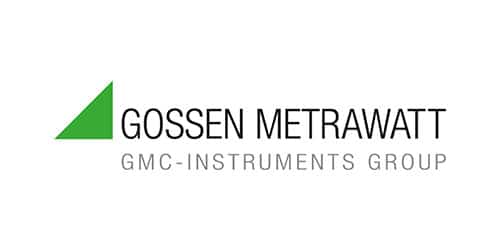
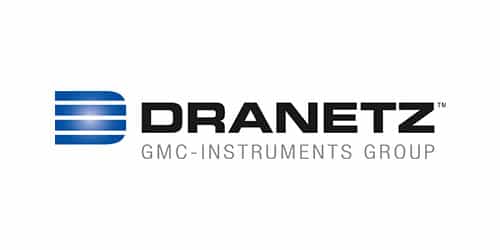

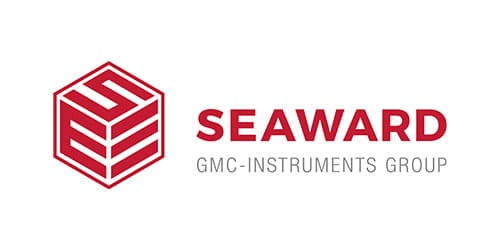



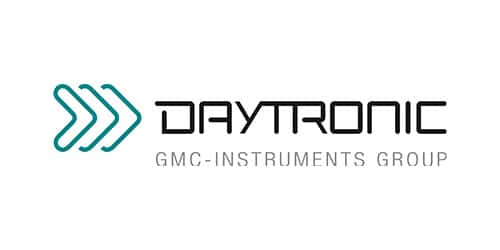
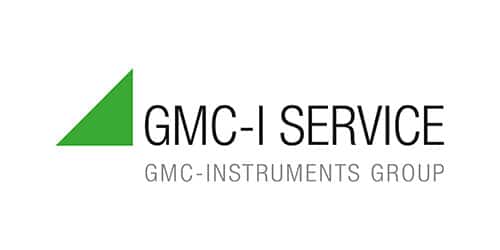

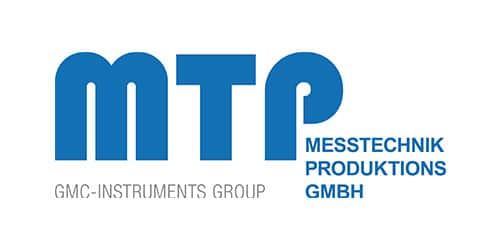
Sign up to our Newsletter.
Stay up to date with the latest industry and product news, as well as our free educational content such as webinars and our expert guides.
Close